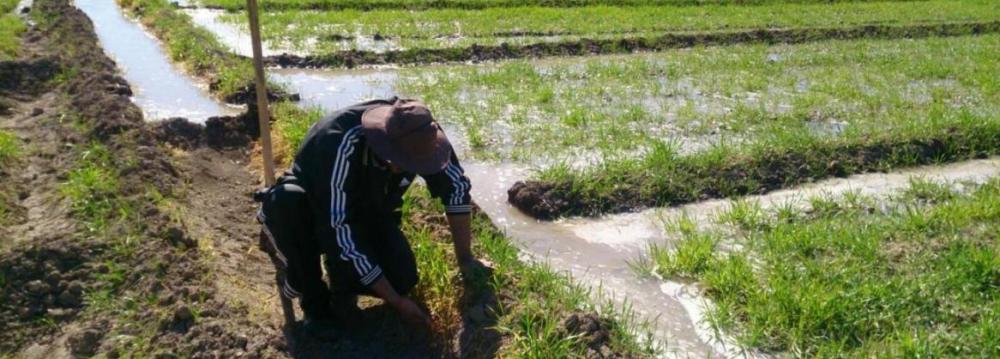Iran has been facing acute water scarcity since past many years.
The effects of warming climate and lower precipitation over the years have exacerbated the problem, but it cannot be fully blamed on meager or inconsistent rainfall.
The human factor, especially mismanagement, is the strongest cause for what Iran is facing now, reads an article penned by Sirous Amerian, PhD candidate and graduate assistant at the Centre for Defense and Security Studies, Massey University in New Zealand.
Excerpts of the article, which was recently published by American think tank The Atlantic Council, follow:
Iran is a dry country with around 250 mm of rain annually. One would think, when it comes to locating key industries, and especially water-hungry ones such as steel or ceramic tiles, the availability of water would be taken into account, but unfortunately that has not happened.
For many years, candidates for parliament have managed to get elected by promising to bring factories to their cities. Bigger cities with more members of parliament tend to have more clout. So it’s no surprise that many factories are located around major metropolises such as Isfahan.
For example, Mobarakeh Steel Company in Isfahan consumes around 27 million cubic meters of water, which amounts to 6% of the city’s total consumption. Mobarakeh is not the only industrial complex around the city; there are other water-hungry ones such as Isfahan Petrochemical Plant and Esfahan Steel Company.
But industry is not the major consumer of water around Isfahan and in the country at large. Agriculture accounts for around 90% of total water usage in Iran.
Because the country is mostly arid, the agricultural sector relies on underground water resources to continue production. Using traditional methods that date back centuries, farmers still rely on flooding irrigation, which wastes around 65% of the water used.
Transportation of water from wells to farms is another factor that increases water wastage by 12%. Every year, farmers must dig deeper and deeper wells.
When Iran’s population was smaller, farmers could get away with using such inefficient methods. But with over 80 million people, this will no longer work.
In greenhouse farming, for example, water usage is 90% lower compared to traditional methods and if done correctly, production can increase tenfold.
Unfortunately, in Iran, the scientific agricultural community is usually disconnected from farmers. Rigorous studies on using newer and genetically modified seeds, or modifying plants to be more resistant to soil salinity, are being carried out in academia but farmers never hear of them.
The Agriculture Ministry, which provides fertilizers, bank loans and seeds, should be the connecting cord between academia and farmers. The ministry should be helping farmers move away from high water usage crops such as wheat and rice to crops more suited to Iran’s climate such as rapeseed, canola and medicinal herbs.
Recently, the ministry announced that it was banning planting rice anywhere other than the northern provinces. This is a wise move but comes very late. Rice has been profitable to grow in water-scarce places around Isfahan and this change should have occurred a long time ago.
Similarly, watermelon plantations should not be located in the province of Sistan-Baluchestan. For every kilo of watermelon, 170 liters of water are consumed. Is there no other product that suits the quality of soil, climate and water levels in this province?
Given the extent of the crisis, the Agriculture Ministry and Department of Environment should be going into emergency mode to regulate water usage.
The agriculture sector in Iran is a major employer as well as a source of food for the population. Drastic action is required to revolutionize Iran’s agriculture.
Otherwise, with the continuation of current water usage, the sector will die and many areas of the country will become uninhabitable.


